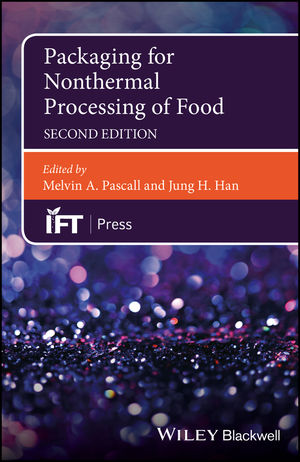Amending trademark rights in Russia will open doors for smaller food manufacturers

The Federation Council in Russia is set to amend the Civil Code to grant the equal rights to manufacturers who wish to use product images on their packaging. This will not only create wider opportunities for new brands, but will cause a shift in market trends among Russian consumers, claims a research firm Canadean (canadean.com).
According to Izvestia, Russia’s Federation Council plans to amend the intellectual property protocol by protecting local producers against companies with registered trademarks using similar branding. Currently manufacturers with exclusive trademark hold the right to refuse market entry to competitor’s products, demand to withdraw already produced goods, and seek compensation for any damage done. As an example, the owner of Elizaveta brand registered crisp bread as a part of its trademark, and sued its competitors whose products’ featured similar images of crisp breads on the package.”
Changes to be beneficial for both consumers and brands
Research firm Canadean predicts that the new amendments proposed by Russia’s Federation Council, if acquired, will certainly change the FMCG markets rules in Russia. This will create better conditions for smaller businesses and new entrants. However, the number of companies taking inspiration from each other is set to increase, and more consumers will shift from the original label to a different manufacturer. According to Veronika Zhupanova, analyst at Canadean, “This is highly likely to work well for the consumers, as increased competition can lead to a greater array of choice allowing consumers to choose products that align specifically with their needs.”
Manufacturers will have to take an innovative approach
To counteract this, manufacturers would need to adjust their marketing strategies and increase consumer’s connection with the brands. For example, food and drink manufacturers can do that by underlining quality of the ingredients and how they will benefit consumers, such as highlighting superior taste and functional benefits to stave off competition. “This will push aside already established FMCG brands, who have started to get comfortable in innovating further the formulation and positioning of their products, and create new and more engaging advertising campaigns, attracting consumers and strengthening their connection to the brand,” Zhupanova comments.
Looking for a reprint of this article?
From high-res PDFs to custom plaques, order your copy today!









